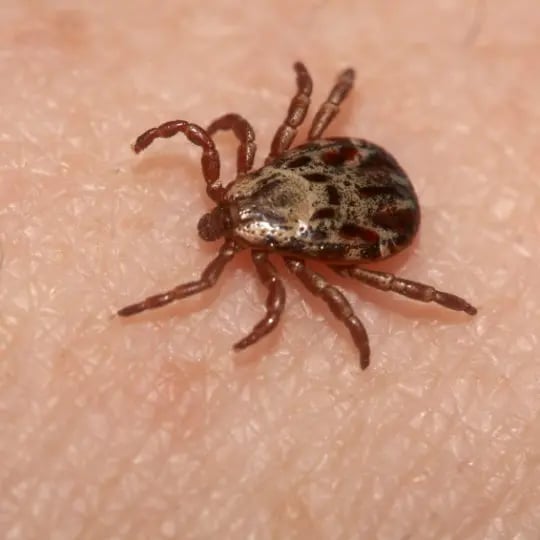What You Need to Know About Lyme Disease

Lyme Disease is a tick-borne illness that is well-known for its target-shaped rash. It’s also notorious for being hard to diagnose because the symptoms tend to mimic other illnesses. Fortunately, most cases of the disease can be treated during its early stages with antibiotics. If it goes untreated, it can seriously affect your organs, and even the brain and nervous system. It’s important to know and detect the symptoms as soon as possible, so read on to learn what you need to know about Lyme Disease.
What Is It and How Does Someone Get It?
Deer ticks or black-legged ticks that are carrying the bacteria Borrelia Burgdorferi can transmit Lyme Disease, and possibly other diseases, to humans and animals through a bite. These ticks can be found in tall grasses and wooded areas and are so small they can often go undetected once they attach themselves to a host.
Symptoms of Lyme Disease
Possible symptoms of the disease can be broken down into two categories: Early (up to a month after being bitten) and Advanced (days or months after being bitten).
Early:
- Flu-like symptoms like a fever, chills, aches, and pains.
- Swollen lymph nodes.
- Headaches.
- Tiredness or lethargy.
- A rash, known as erythema migrans, can appear anywhere on the body, and starts off as a small bulls-eye shape that grows and spreads slowly. This rash can appear anytime from a few days after the bite to up to a month after the bite. It’s usually not painful or itchy.
Advanced:
- Heart palpitations.
- Intense headaches.
- Stiff neck.
- Dizziness.
- Pain or numbness in the hands and feet.
- Acute joint pain and swelling.
- Facial palsy.
- Neurological issues.
What You Should Know About Lyme Disease
Before you head outdoors, especially if you are heading into wooded or grassy areas, there are some things you can do to prevent ticks from taking a bite out of you.
- When camping or hiking, stay on trails and avoid walking into areas that have tall bushes, grasses, or other vegetation.
- If you are working in the yard or garden, or are spending time in wooded areas, wear long sleeves and pants. You can place clothes in the dryer on high heat to ensure ticks won’t survive.
- Repellents or sprays containing 20% or more DEET can help protect you from ticks. Apply carefully, avoiding eyes, to skin or clothing.
- There are chemicals you can use in your yard to keep ticks away. Talk to a professional to find out about special treatments.
If you do venture out into areas that could possibly have ticks, make sure to examine your body, hair, and clothes thoroughly. Also, check your pets regularly, as they can bring ticks into your home in their fur.
If you do find a tick on your skin, be sure to remove it carefully and properly using a tweezer. You must remove the entire tick so make sure you grasp it in the tweezer as close to the skin as possible. Flush the tick down the toilet, dispose of it in a container or baggie, or submerge it in rubbing alcohol. Then, clean the bite with alcohol or warm soap and water.
Since treatment for Lyme Disease is most effective during the early stages, contact your doctor immediately if you think you have symptoms. Call us today at 855-469-0692 to find out how to treat your lawn for ticks and other pests.